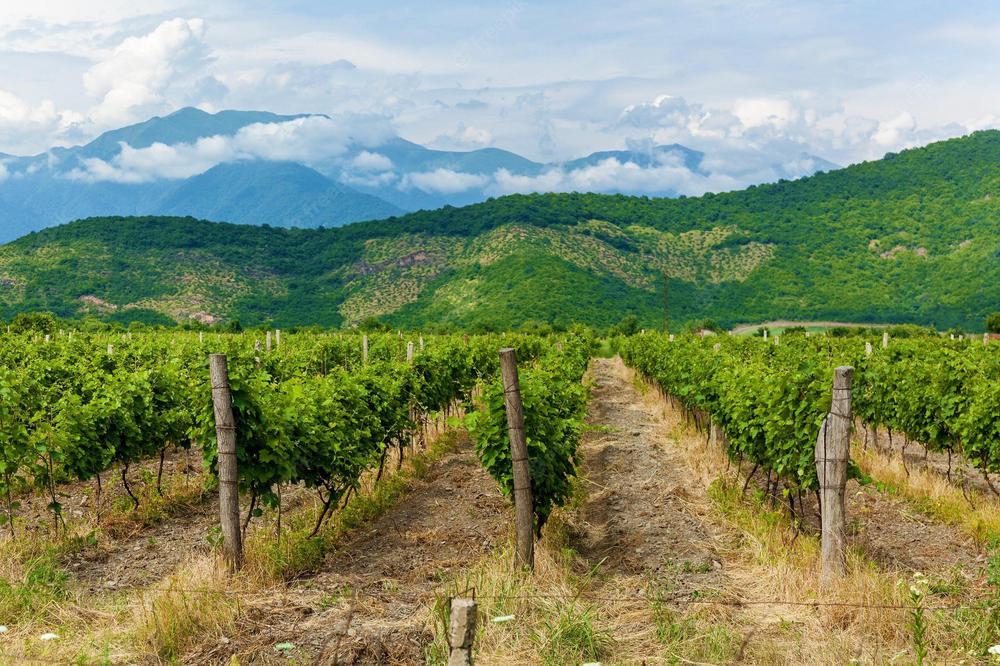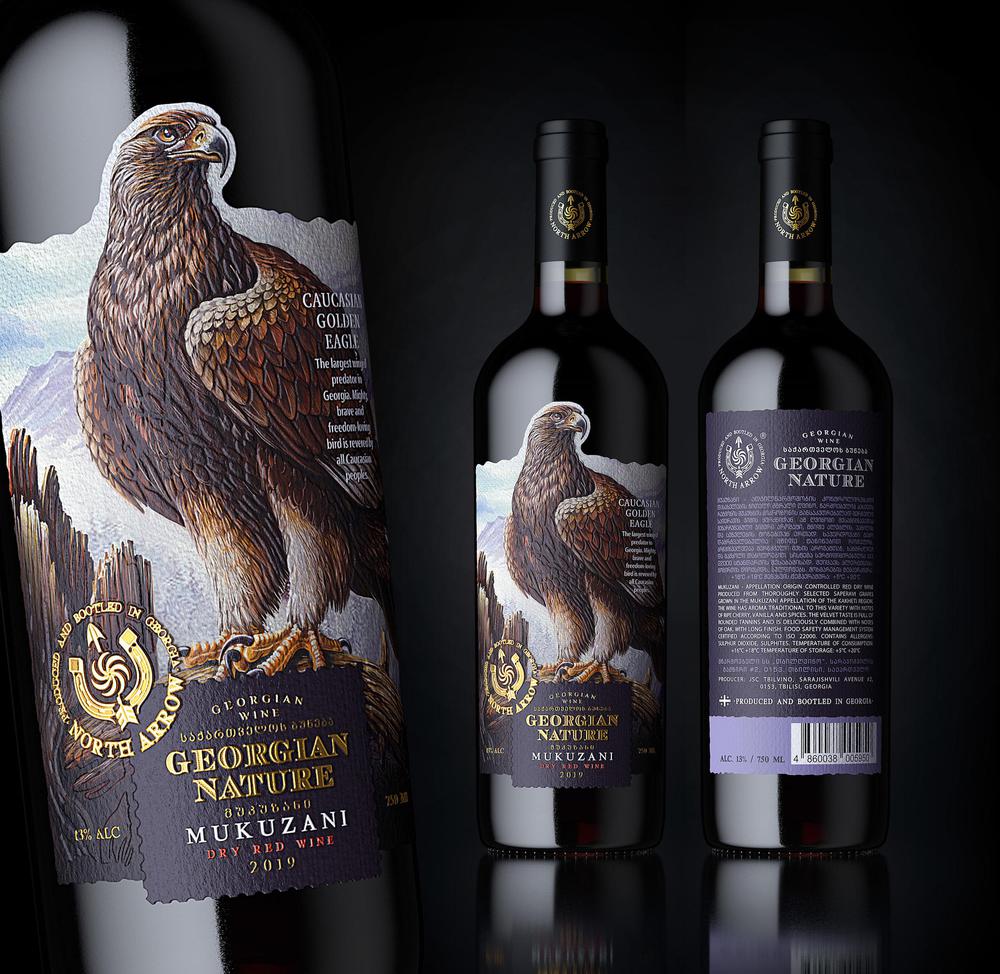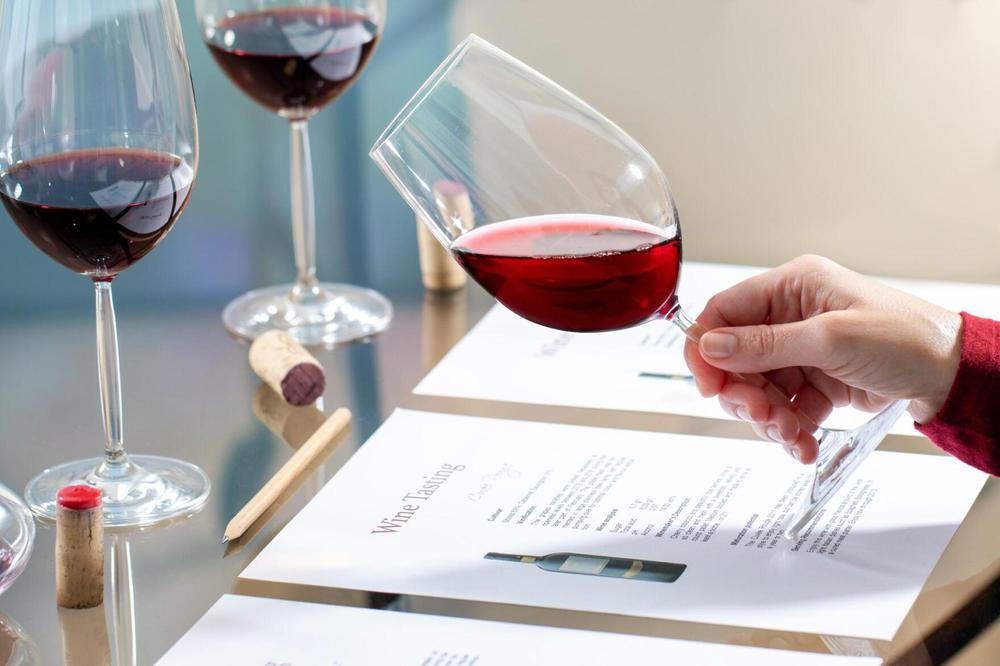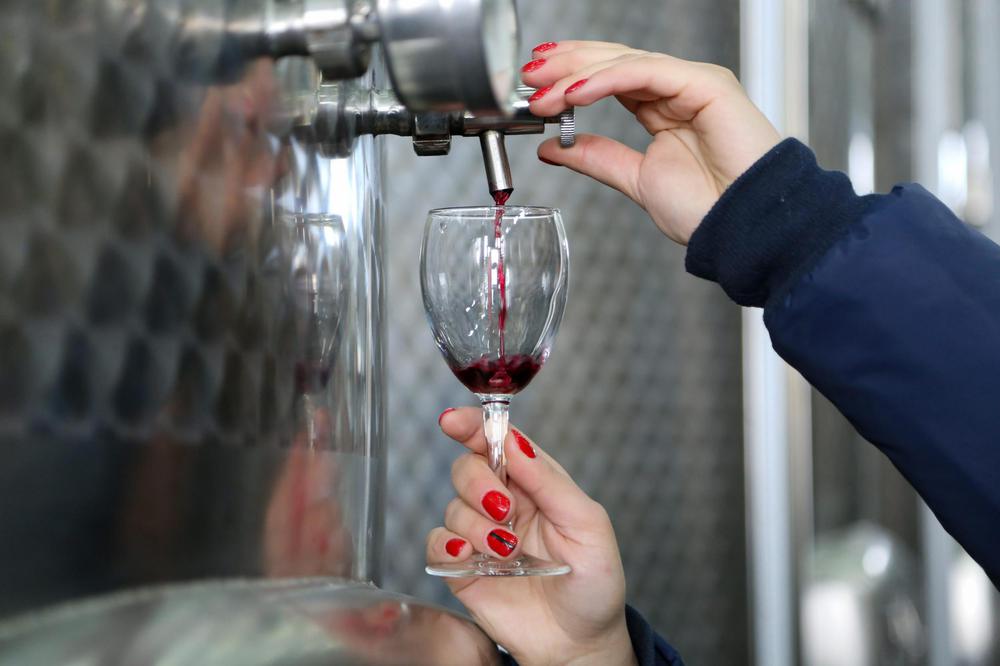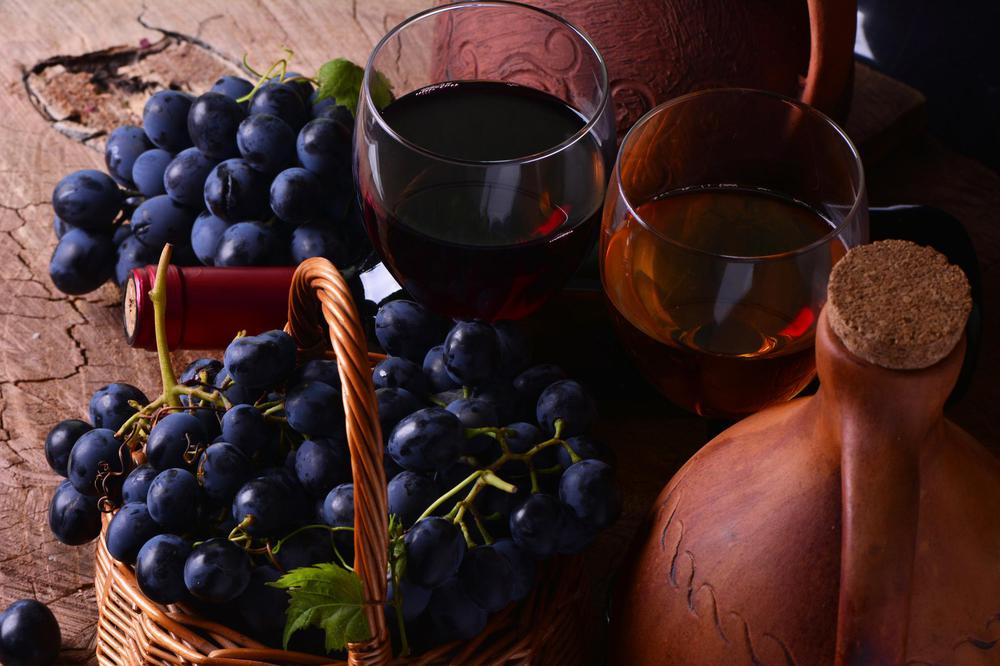This article serves as a comprehensive breakdown of Georgia's Viticulture and Winemaking Law. For the official and detailed legal text, you can follow the provided link to the government page. Here, we summarize and analyze key aspects of the legislation, offering insights into regulations governing grape products, alcoholic beverages, quality standards, and market controls. Dive into the intricate details of Georgia's winemaking heritage and explore the commitment to excellence outlined in this important legal framework.
Introduction
Georgia, a country with a rich history of winemaking dating back thousands of years, has established a robust legal framework to regulate the production, marketing, and quality of grape products and alcoholic beverages. Enshrined in the Viticulture and Winemaking Law, this legislation delves into the intricacies of viticulture, wine production, and the marketing of alcoholic beverages. Let's embark on a comprehensive analysis of this law, exploring its key provisions, implications, and the broader impact on Georgia's flourishing wine industry.
Zoning And Appellations Of Origin
The law underscores the significance of geographic indications and appellations of origin, recognizing the unique interplay of soil, climate, and exposure that contributes to the special qualities of wines. By establishing specific zones and demarcating vineyard plots within these zones, Georgia seeks to protect and promote the distinctiveness of its wines.
A noteworthy provision allows individuals to register new appellations of origin or geographical indications within existing boundaries, granting exclusive rights to the registrant. The Ministry of Agriculture plays a pivotal role in determining the rules for granting, modifying, terminating, and restricting these exclusive rights.
Quality Control And Yield Regulation
The legislation outlines stringent measures to maintain the quality of wines, emphasizing adherence to standard vine species for designated zones. The permissible yield per hectare is carefully regulated, ensuring that the cultivation aligns with the defined standards. Notably, vine species not initially included in the standard range are permitted within specific zones, but only within five years from the registration of the appellation.
Should a vineyard fail to meet the yield regulations after this period, wines produced from its grapes may lose the coveted status of appellations of origin. This provision underscores the commitment to maintaining high standards and ensures that the exclusivity of the appellation is reserved for wines meeting the specified criteria.
Inter-Zone Production And Bottling
Article 18 introduces flexibility in winemaking by allowing up to 15% of grapes or wine from another specific zone within the same viticultural zone to be used in the production of wines with appellations of origin. This provision acknowledges the regional variations within a broader viticultural area, encouraging cross-zone collaboration while preserving the integrity of each specific zone.
Additionally, the law permits processing, production, and bottling outside the specific zone but within Georgia, subject to procedures established by the Ministry of Agriculture. This ensures a balance between regional specificity and operational flexibility for winemakers.
Registration And Control Mechanisms
The law establishes a meticulous registration process for appellations of origin of top-quality wines, with the National Intellectual Property Centre of Georgia overseeing this crucial aspect. State control over yield per hectare further ensures that quality standards are maintained throughout the viticultural process.
Chapter VIII introduces specific terms for marketing and downgrading wines with appellations of origin. It emphasizes the importance of high-quality certified vintage wine, imposing strict controls and consequences for any impairment in wine quality. The Ministry of Agriculture is entrusted with defining procedures for downgrading, ensuring that wines maintain their designated status.
Market Regulations And Prohibitions
Article 21 delineates stringent regulations for the sale of wines at the consumer market, emphasizing the importance of certification, appropriate packaging, and adherence to timelines for different wine types. Prohibitions extend to the sale of certain wines without the necessary documentation or before specific dates following the vintage.
The law categorically prohibits the sale of brand wines by the glass at the local market, reinforcing the exclusivity and controlled distribution of these products. It also provides for regulated sale practices for table and regional wines by the glass in specialized outlets, catering facilities, and consumer markets.
Sparkling Wines And Fizzy Wines
Chapter IX and X focus on the classification and production of sparkling and fizzy wines. The law introduces a detailed classification system based on quality and sugar content, with terms such as Brut, extra dry, and sweet defining different types. The regulations governing the addition of liqueur d’expedition highlight the meticulous approach to sparkling wine production, ensuring adherence to traditional methods and quality standards.
Chapter XI delves into the production of fizzy wines, defining types based on sugar content and specifying the use of liqueur d’expedition. The law ensures that any addition of liqueur d’expedition does not compromise the authenticity of the product, emphasizing the preservation of natural characteristics.
Alcoholic Beverages Of Grape Origin
Article 25 outlines the classification of alcoholic beverages of grape origin, encompassing wine brandy, grape vodka, strong drink, liqueur, and admixture. The law permits the use of various natural flavors for sweetening, coloring, and flavoring, ensuring a diverse range of products while maintaining quality standards.
Detailed provisions govern the production of brandy spirit, wine brandy, and grape vodka, setting specific standards for alcohol content, titratable acidity, and aging periods. The introduction of categories such as young wine brandy and collection wine brandy adds nuance to the classification, reflecting the diverse offerings within this category.
Labeling And Certification
Chapter XII focuses on the crucial aspect of labeling products, ensuring transparency and information dissemination for consumers. The law mandates the inclusion of essential information on product labels, such as the name, volume, alcohol content, and, in the case of wines, the category and appellation of origin.
Additional information, including color, vine species, vintage year, and production details, may be included on the label. Importantly, the law specifies that labels must be in the Georgian language or in a foreign language alongside Georgian. This commitment to linguistic clarity underscores the importance of transparent communication with consumers.
Certification processes are outlined, with mandatory certification for wines with appellations of origin and voluntary certification for table and regional wines. Degustation (sensory analysis) is a critical component of certification for wines designated for exportation.
Conclusion
Georgia's Viticulture and Winemaking Law stands as a testament to the country's commitment to preserving its winemaking heritage while embracing innovation and quality standards. The legislation provides a comprehensive framework that addresses various aspects of viticulture, winemaking, and marketing, ensuring the integrity of Georgian wines in both domestic and international markets. As the industry evolves, this law lays a solid foundation for the continued success and global recognition of Georgian wines.

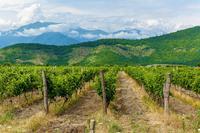 Government Policy in the Georgian Wine Sector
Government Policy in the Georgian Wine Sector
 Georgian Organic Wine Certification
Georgian Organic Wine Certification
 Georgian Wine Export Regulations
Georgian Wine Export Regulations
 Georgian Wine Labeling Requirements
Georgian Wine Labeling Requirements
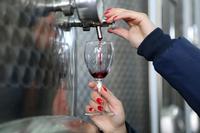 Georgian Wine Quality Standards
Georgian Wine Quality Standards
